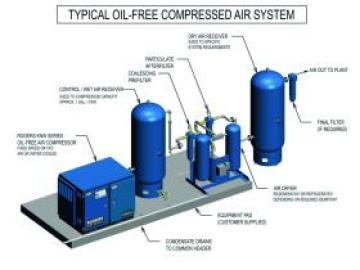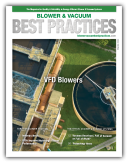Darigold Utilizes Vacuum in Cheese Processing
Blower & Vacuum Best Practices interviewed Darigold’s Sunnyside Plant’s Technical Manager, Tom Rouleau.
Today, we manage one of the largest dairy co-ops in the United States. Our dairy farms and plants are truly awe-inspiring and efficient facilities. Our butter is made by one of America's only European-style vacuum churns, which makes butter with fewer air bubbles. Having the latest technology also helps Darigold produce less waste, fuel consumption and lower environmental impact.



